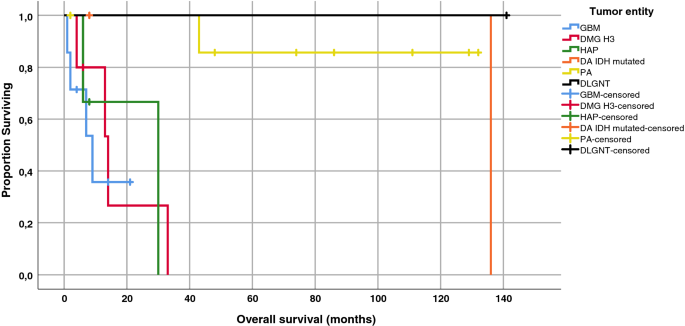

However, qualitative changes in the phenotype or in the association and organization of groups of cells can also occur in the absence of clear-cut evidence of increases in cell number. Qualitative changes such as metaplasia and anaplasia (or atypia) can occur in hyperplastic cells and represent one of the hallmarks of pathological hyperplasia. Maronpot, in Haschek and Rousseaux's Handbook of Toxicologic Pathology (Third Edition), 2013 1.6 Metaplasia and Anaplasia (Atypia) In nonneoplastic tissue, anaplasia may represent the borderline between dysplasia and neoplasia.ĭavid E. Neoplasms, especially malignant neoplasms, are frequently composed of cells that are pleomorphic and anaplastic. There is increased mitotic activity, sometimes with the formation of abnormal mitotic figures, loss of cell orientation, and lack of normal organization in the anaplastic tissue. Anaplastic cells generally have hyperchromatic nuclei, prominent nucleoli, and a nucleus-to-cytoplasm size ratio that approaches 1:1. Several sizes and shapes of cells are usually present in anaplastic tissue, and true giant cells sometimes form. Pleomorphism refers to variation in the size and shape of cells. In fact, anaplasia and pleomorphism are sometimes used incorrectly as synonyms. Anaplastic cells are typically poorly differentiated or undifferentiated and exhibit advanced cellular pleomorphism.

Anaplasia and PleomorphismĪnaplasia is a qualitative alteration of differentiation. Maronpot, in Handbook of Toxicologic Pathology (Second Edition), 2002 3. In nonneoplastic tissue, anaplasia may represent the borderline between dysplasia and neoplasia.

There is increased mitotic activity (sometimes with formation of abnormal mitotic figures), loss of cell orientation, and lack of normal organization in the anaplastic tissue. Anaplastic cells generally have hyperchromatic nuclei, prominent nucleoli, and a nucleus to cytoplasm size ratio that approaches 1:1. Pleomorphism refers to variation in size and shape of cells. In fact, anaplasia and pleomorphism are sometimes incorrectly used as synonyms. Anaplastic cells are typically poorly differentiated or undifferentiated, and exhibit advanced cellular pleomorphism. Wallig, in Fundamentals of Toxicologic Pathology (Second Edition), 2010 AnaplasiaĪnaplasia is a qualitative alteration of differentiation.


 0 kommentar(er)
0 kommentar(er)
